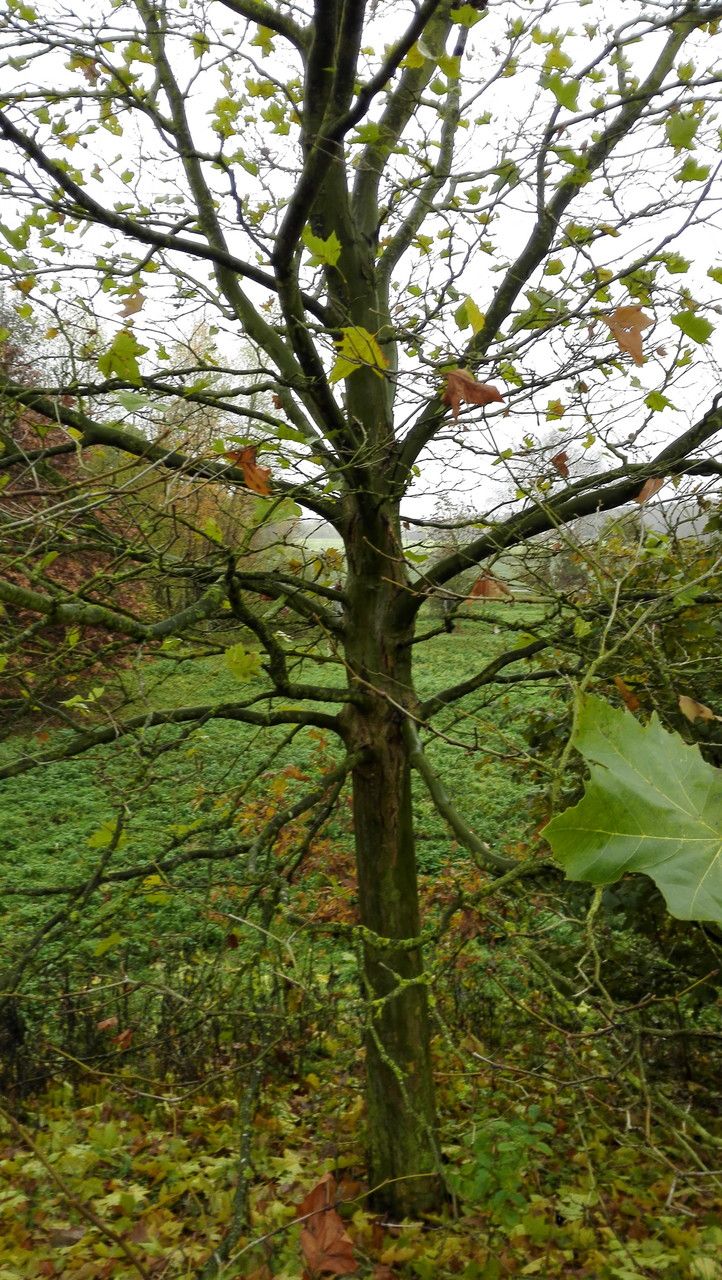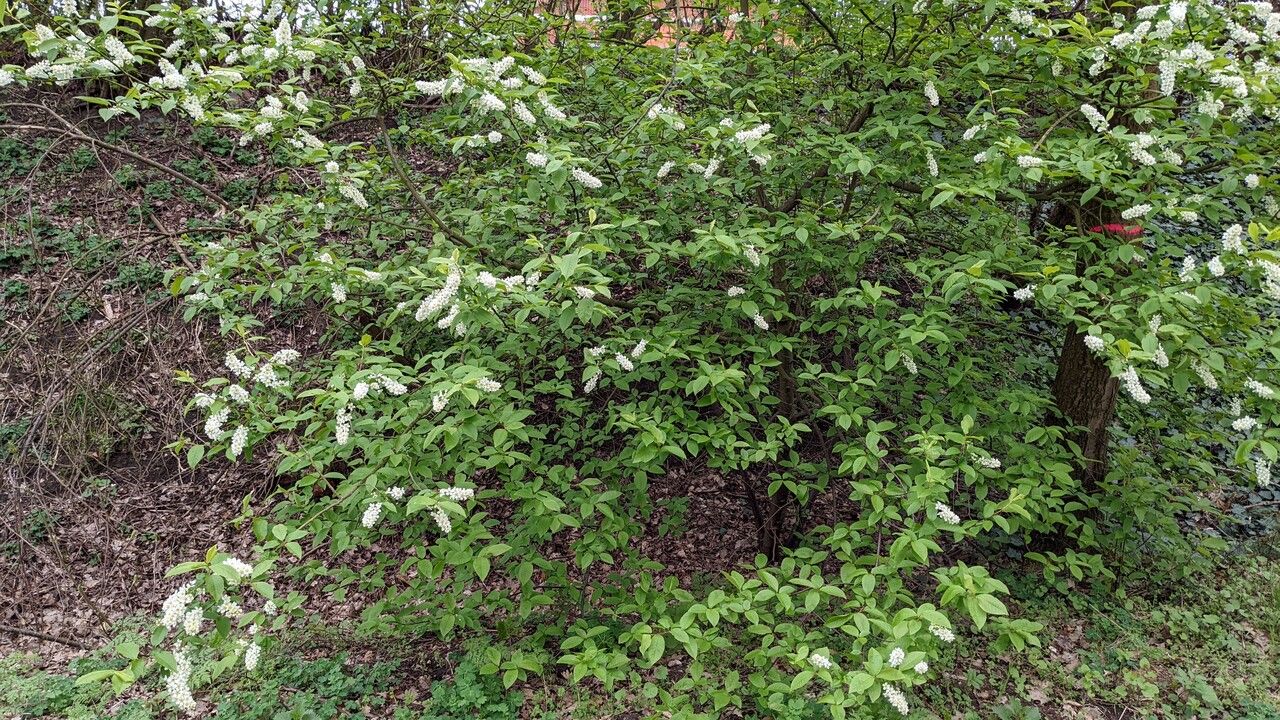## Red Ginger-Lily: A Tropical Jewel for Your Garden
The Red Ginger-Lily ( *Alpinia purpurata*), a member of the Zingiberaceae family (which also includes true gingers), is a striking tropical plant prized for its vibrant, showy bracts. These aren't actually petals, but modified leaves that encase the true, smaller flowers within. The intense red bracts, which can range from deep crimson to a lighter scarlet, create a breathtaking display that adds a touch of exotic beauty to any garden.
### Habitat and Growth
Native to tropical regions of Southeast Asia and the Pacific Islands, the Red Ginger-Lily thrives in warm, humid environments. It's a rhizomatous perennial, meaning it spreads through underground stems called rhizomes. This makes it relatively easy to propagate. In ideal conditions, it can grow to a height of 3 to 6 feet tall, creating a substantial presence in your landscape.
### Sun Exposure and Soil Needs
Red Ginger-Lilies prefer partial shade to full shade. Direct, intense sunlight can scorch the leaves. The ideal location would be one that receives dappled sunlight or morning sun and afternoon shade. As for soil, they prefer a well-draining, rich, and slightly acidic soil (pH 5.5-6.5). Amend heavy clay soils with organic matter like compost to improve drainage. Consistent moisture is crucial, especially during active growth periods, but avoid waterlogged conditions which can lead to root rot.
### Planting and Care
Planting Red Ginger-Lilies is straightforward. Dig a hole slightly larger than the rhizome and plant it at the same depth it was growing in its previous container. Water thoroughly after planting. Regular watering is key, especially during dry spells, but avoid overwatering. Fertilize monthly during the growing season (spring and summer) with a balanced liquid fertilizer diluted to half strength. Mulching around the base of the plant helps retain moisture and suppress weeds.
### Propagation
The easiest way to propagate Red Ginger-Lilies is through rhizome division. In spring, gently dig up the rhizome and carefully separate it into smaller sections, ensuring each section has several healthy buds. Replant the divisions in prepared soil and water well.
### Pests and Diseases
Red Ginger-Lilies are relatively pest-free. However, they can be susceptible to mealybugs and aphids. Regularly inspect your plants and treat infestations promptly with insecticidal soap or neem oil. Proper watering and drainage are crucial in preventing fungal diseases.
### Uses and Benefits
Beyond their ornamental value, Red Ginger-Lilies have a place in traditional medicine. In some cultures, parts of the plant have been used for various medicinal purposes, although further research is needed to confirm their efficacy. Always consult with a healthcare professional before using any plant for medicinal purposes. Their striking appearance makes them a popular choice for floral arrangements, adding a touch of tropical vibrancy to bouquets.
The Red Ginger-Lily's beauty and relative ease of care make it a rewarding addition to any garden, bringing a taste of the tropics to your home.
Red Ginger-Lily: Stunning Blooms & Easy Care

Frequently Asked Questions
How to care for a red ginger lily?
Provide partial shade, well-draining soil, consistent moisture, and monthly fertilization during the growing season. Protect from frost.
Where can I buy red ginger lily plants?
You can often find Red Ginger-Lily plants at local nurseries, garden centers, and online plant retailers. Check your local nurseries first, as availability may vary by region.


